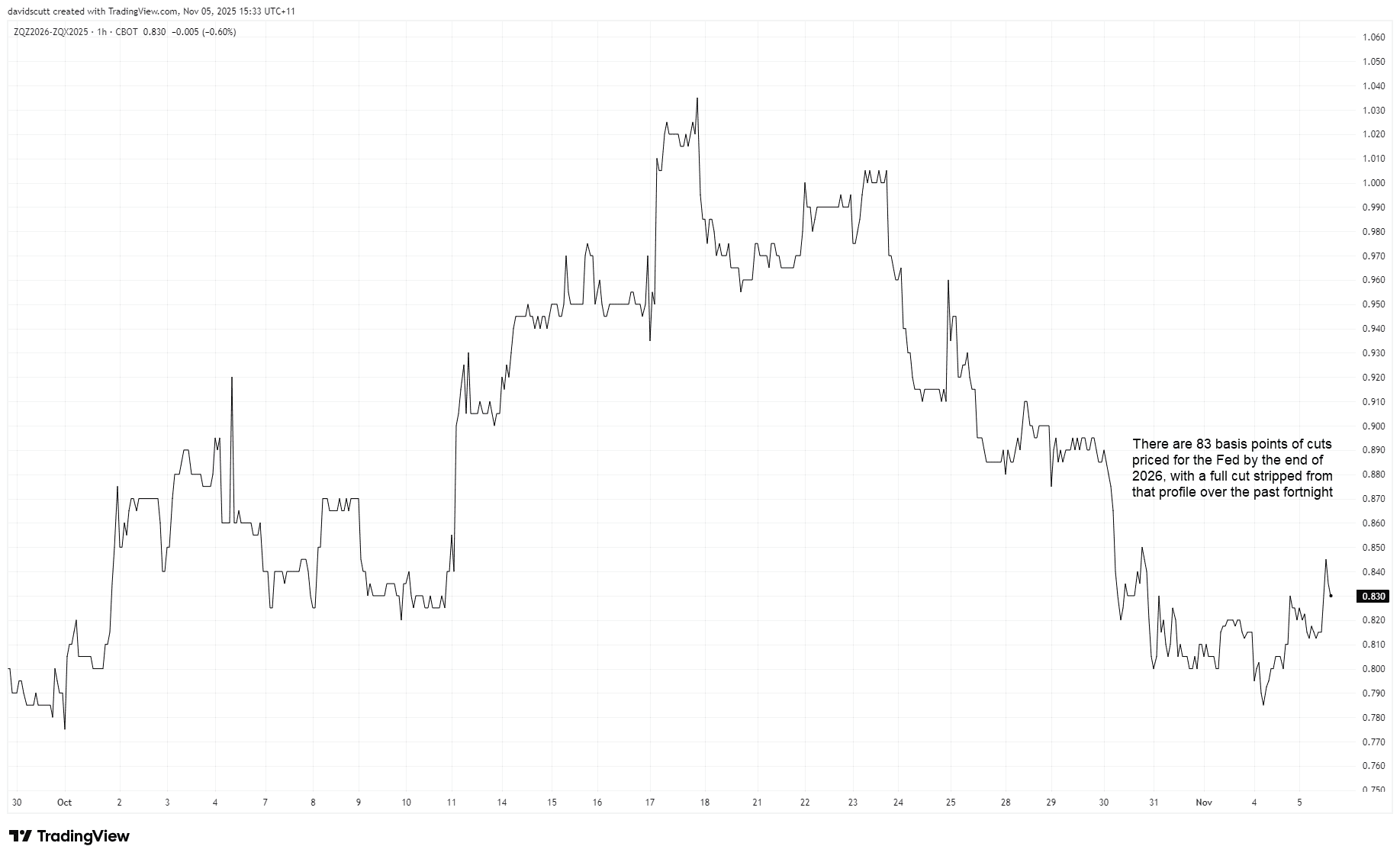BofA sees higher gold prices, likely to hit $5,000/oz in 2026
Traders face a busy day with ADP, ISM, Treasury refunding, and tariff court hearings all shaping EUR/USD. Short-term moves could be large depending on which way the fundamentals fall.
- ADP and ISM reports in focus; weaker prints could lift EUR/USD
- Treasury curve and Supreme Court tone may sway risk appetite
- EUR/USD squeeze risk builds following prolonged downtrend
Summary
EUR/USD could see near-term strength as markets weigh Treasury curve moves, Fed policy expectations, and Supreme Court developments. The euro may get a lift unless U.S. data prints stronger than expected, which could reduce the chances of a December Fed rate cut and push the US dollar higher.
Data, Tariff Deliberations in Focus
With little top-tier event risk in Europe during Wednesday’s session, attention will stay firmly on the US, where several key releases could influence Fed policy and Treasury markets.
The ADP national employment report and ISM services PMI for October are the highlights, bolstered by a lack of official data due to the government shutdown. Any undershoot could see markets to lift bets on a December Fed rate cut, reversing the trend of the past week after Jerome Powell said such an outcome was “far from” a foregone conclusion. That would likely weigh on the dollar. Beats may deliver the opposite outcome.
Source: TradingView
The ADP print should be straightforward with markets looking for a 25,000 increase in private payrolls, but the ISM will need closer scrutiny. Subindices such as prices, employment and new orders will be watched for signs of slowing services activity and inflation pressures. Softer readings would reinforce the case for earlier rate cuts, placing downward pressure on Treasury yields.
Source: TradingView
Treasury quarterly refunding details will also be in focus after Monday’s update showed expected borrowing requirements slightly below initial estimates. With longer-dated yields relatively elevated, the likelihood of Treasury attempting “term out” the maturity profile of outstanding debt appears low, pointing to a continued flood of shorter-dated bill issuance, especially with Fed QT about to end. While the update itself is unlikely to move markets, it has implications for curve dynamics and funding pressures that traders are tracking.
Markets will also be watching today’s Supreme Court arguments closely for clues on whether the justices are inclined to uphold or limit presidential powers to impose import tariffs. While no ruling will be issued today, the tone of questioning could shape expectations ahead of the final decision. Signs the government could lose would likely trigger a sharp steepening in the U.S. Treasury curve, driven by selling at the long end as traders price in the prospect of larger structural deficits.
A move like that would likely fuel risk aversion, sparking a bid for shorter-dated maturities and mixed flows for the dollar, with gains against riskier currencies but softness against low-beta names such as the euro. By contrast, if the justices appear sympathetic to the government’s position, it will likely flatten the U.S yield curve, something that may benefit risk appetite and weigh on the greenback.
Now that the fundamental picture is clearer, it’s time to turn to the charts and assess key EUR/USD setups.
EUR/USD Down but Not Out

Source: TradingView
EUR/USD remains in a downtrend from the September highs, hitting lows not seen since early August on Tuesday. Momentum indicators remain bearish, with RSI (14) drifting below 50 but not yet oversold. MACD is confirming, having staged a bearish crossover last week, signaling growing downside pressure. The message remains that selling into strength and downside breaks is favoured, though a bounce cannot be ruled out given the risk events discussed above.
Key topside levels to watch include resistance at 1.1544, the September 17 downtrend at 1.1615, 1.1650, and the 50-day moving average. On the downside, 1.1455 and 1.1400 are the levels of note.
